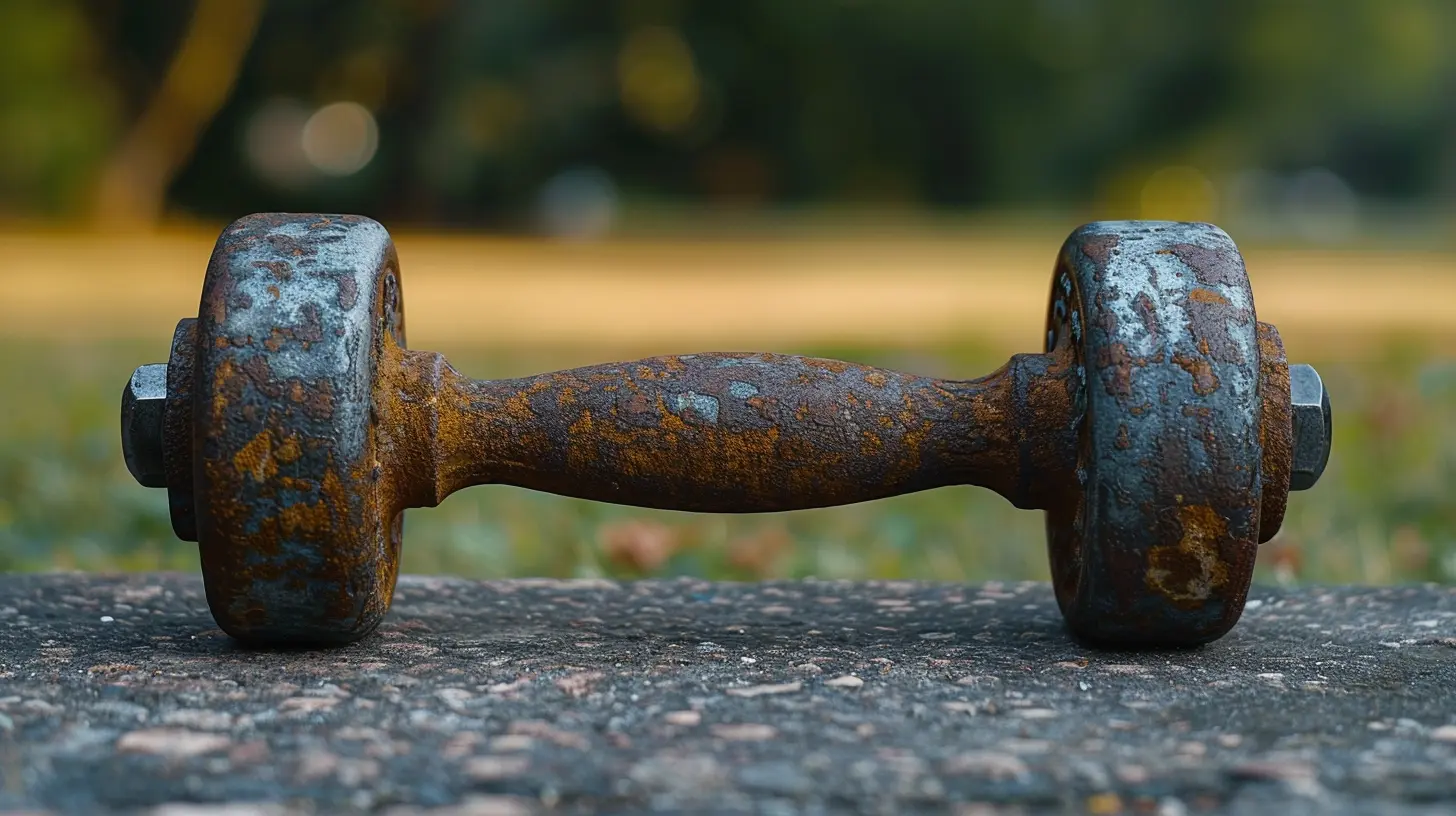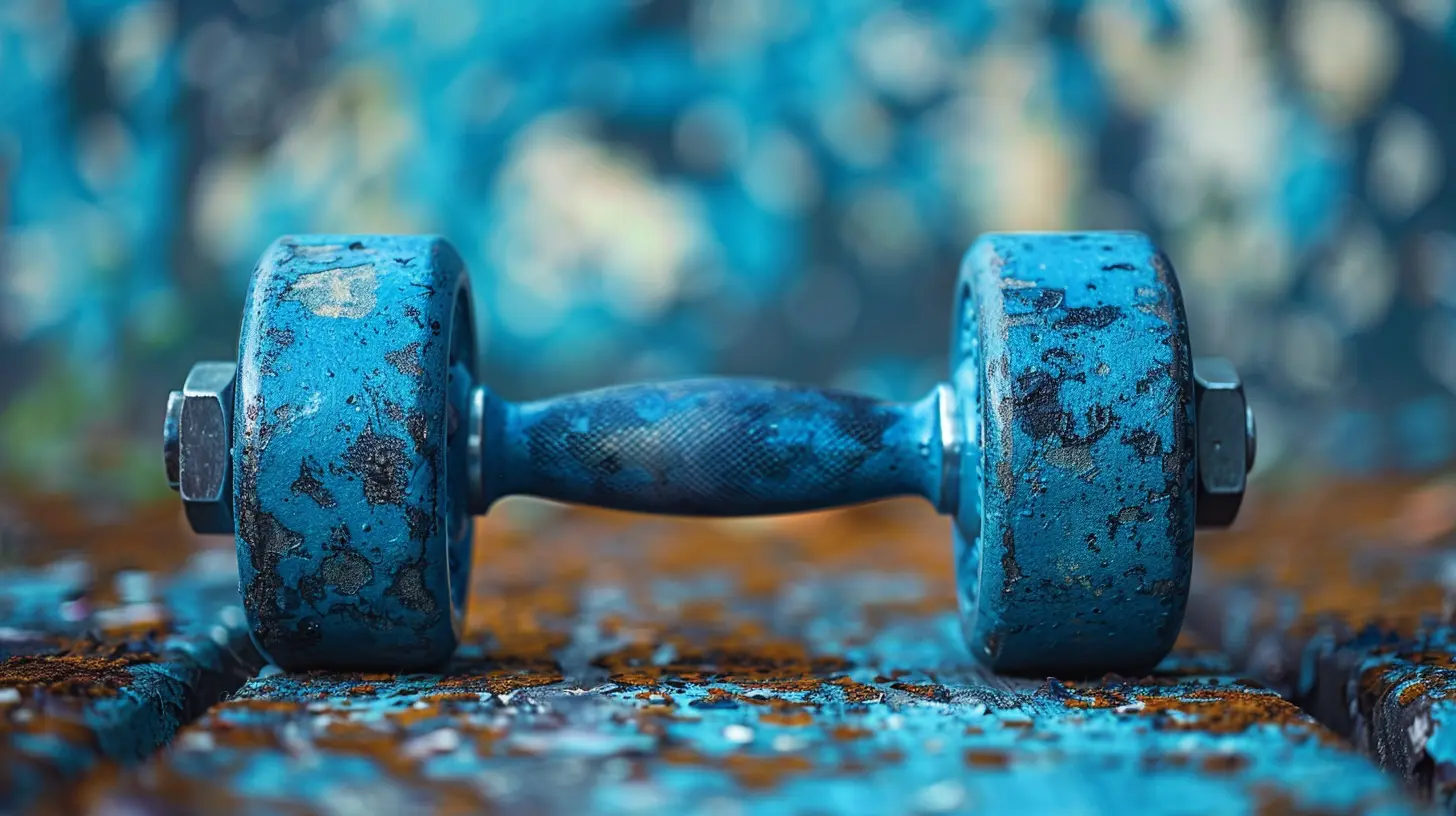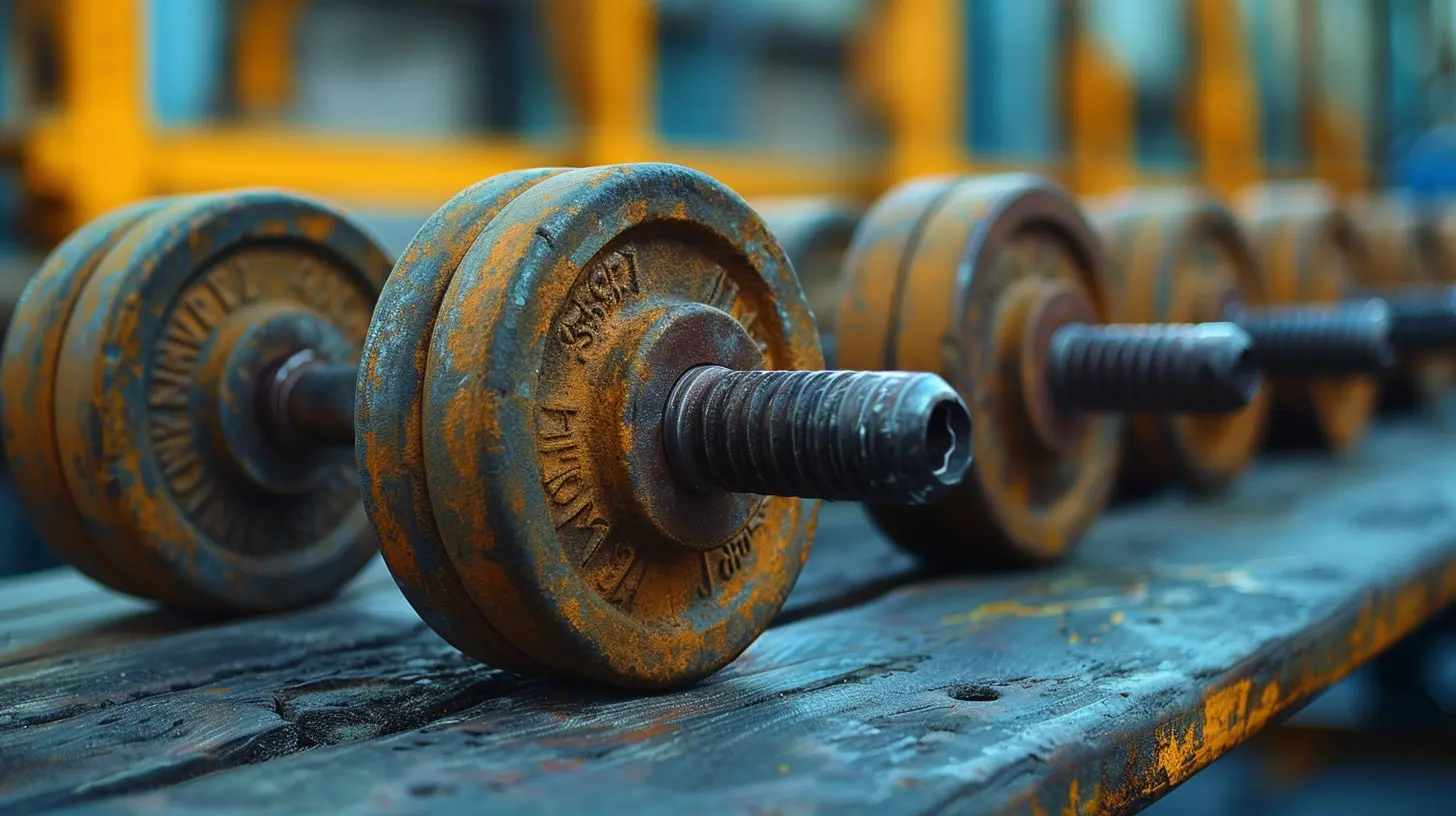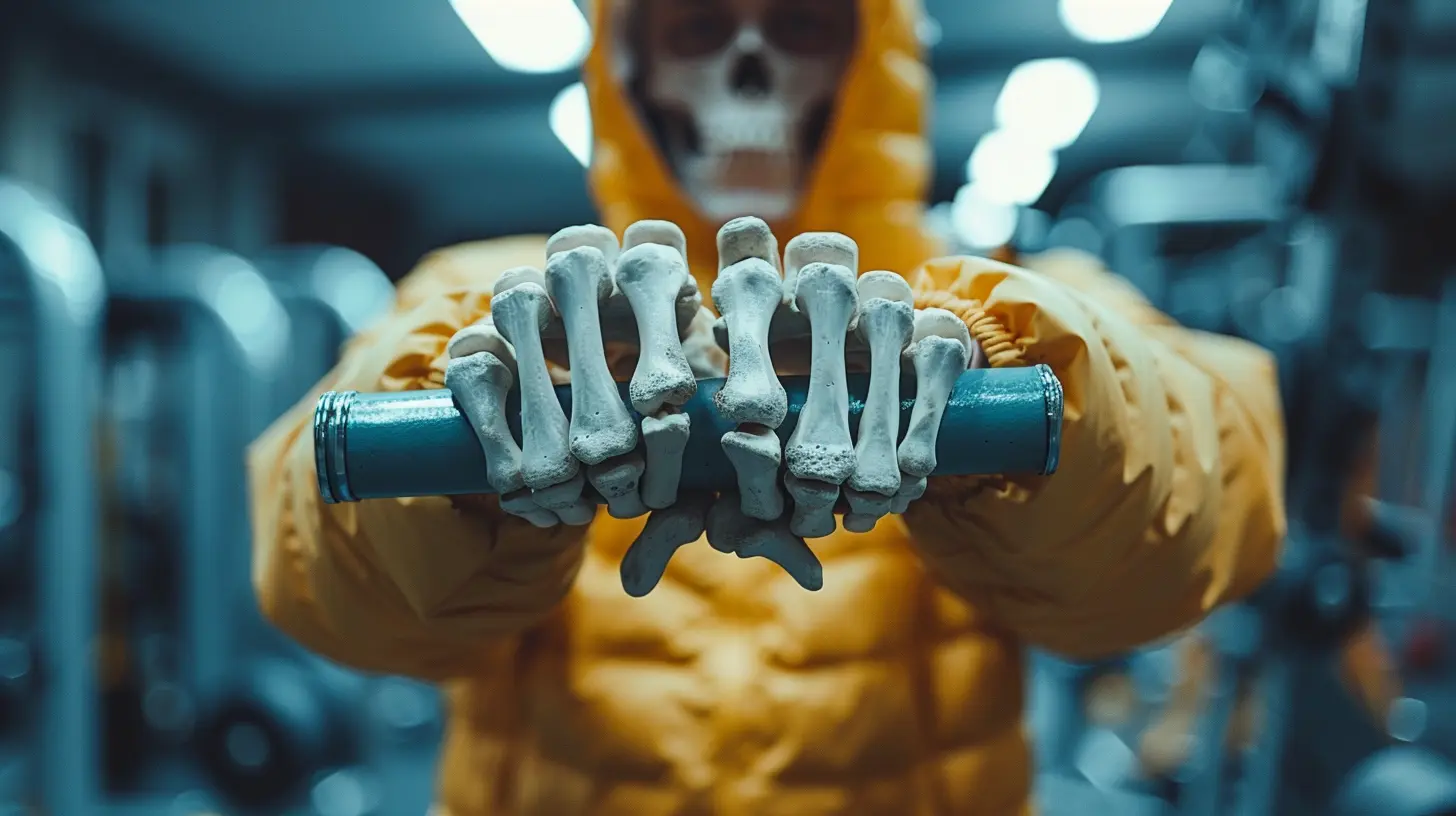Strength Training and Its Role in Building Bone Density
3 October 2025
We often hear about strength training in the context of building muscle, toning the body, or losing weight, but there’s one incredibly powerful benefit that doesn’t get nearly enough spotlight — its impact on bone density.
Yup, you read that right.
Lifting weights and doing resistance exercises can actually make your bones stronger.
So whether you're in your 20s trying to stay fit or in your late 50s trying to keep osteoporosis at bay, understanding how strength training supports bone health is essential.
Let’s break it down — no complicated jargon, just real talk.
What Exactly Is Bone Density?
Before we dive into how strength training helps, we need to know what bone density really means.Bone density (also called bone mineral density or BMD) refers to how strong and compact your bones are. When your bones have high density, they’re strong and less likely to break. But when bone density drops — which happens naturally as we age — bones become fragile and more likely to fracture.
Think of your bones like a sturdy tree trunk. When it's full of moisture and nutrients, it’s tough and hard to break. But when it's dry and hollow, it cracks easily. That’s what low bone density does — it makes our skeletal system more vulnerable.
Why Bone Density Matters (More Than You Think)
Many people assume that bone health mainly concerns older adults, especially women going through menopause. While it’s true that osteoporosis is more common in women over 50, the truth is your bone health journey starts much earlier.Here’s the kicker — your body builds bone mass until around age 30. After that? It’s all about maintaining what you’ve got. That's why what you do in your 20s, 30s, and 40s has a direct impact on your bone strength in the decades that follow.
Low bone density increases your risk for fractures, especially in critical areas like the spine, hips, and wrists. And a broken hip or spine isn’t just painful — it can be life-altering.
So, let’s talk about how strength training fits into this.
The Science: How Strength Training Boosts Bone Density
Let’s get a bit geeky — but in a fun way.When your muscles contract during strength training, they pull on your bones. This mechanical stress might sound like a bad thing, but it's actually great for you. It stimulates bone-forming cells called osteoblasts. These little guys get to work building new bone to handle the stress. The result? Denser, stronger bones.
It’s a fascinating process called Wolff’s Law — your bones adapt to the loads under which they are placed. If you lift heavier weights, your bones respond by becoming stronger and more resilient. It’s like your bones are saying, “Oh, so we’re doing this now? Fine, let’s toughen up.”
To paint a picture: Think of your bones like a muscle. Just like biceps grow when you lift weights, your bones respond to load and pressure by toughening up.
Strength Training vs. Other Forms of Exercise
You might be thinking, "But I run, walk, or do yoga — isn’t that enough?”Those are all great exercises (and we love a good yoga flow), but when it comes to building bone density, not all physical activity is created equal.
Let’s break it down:
| Exercise Type | Bone Density Benefit | Why? |
|-------------------|----------------------|------|
| Running/Walking | Moderate | Weight-bearing and impact helps bones, but not as much as lifting weights. |
| Swimming | Low to None | Great for cardiovascular fitness, but no impact means less stimulation for bones. |
| Yoga/Pilates | Moderate | Improves flexibility and core strength, some bone benefits in certain poses. |
| Strength Training | High | Direct loading of bones. Greatest impact on maintaining and improving BMD. |
So, if you want to really give your bones a reason to stay strong? Pump that iron.
Best Strength Training Exercises for Bone Health
Not all strength training exercises are created equal when it comes to bone density. The best ones are:1. Weight-Bearing Multi-Joint Movements
These are exercises that involve large muscle groups and multiple joints. Why? Because they stimulate the most bone-building activity.Think:
- Squats
- Deadlifts
- Lunges
- Overhead Presses
They load up the spine, hips, and legs — the areas most prone to fractures.
2. Resistance Band Workouts
Light on the joints but still effective, resistance bands are especially great for beginners or older adults dealing with joint issues.Great moves include:
- Resistance band leg presses
- Rowing movements
- Arm curls and presses
3. Bodyweight Exercises
No gym? No problem. Your body is a gym. Classic moves like:- Push-ups
- Planks
- Step-ups
- Wall sits
…can still load the bones and encourage strength without any equipment.
How Often Should You Train for Bone Health?
You don’t need to hit the gym daily to see benefits. Here’s a simple guideline:👉 2 to 3 strength training sessions per week
👉 Focus on all major muscle groups (legs, back, arms, chest, core)
👉 Include both upper and lower body exercises
👉 Aim for progressive overload — gradually increase the weight or resistance over time
And remember, consistency is key. It’s not about going hard one week and ghosting the next. Your bones crave routine. Give it to them.
What About Safety? Isn’t Strength Training Risky?
This is a common fear, especially for older folks — and I get it. The idea of lifting heavy things when your bones feel brittle can be scary.But the truth is, strength training is one of the safest and most effective ways to PREVENT injuries, not cause them — when done correctly.
Here are a few golden safety tips:
- Start slow: If you’re new, work with a trainer or use lighter weights.
- Warm-up: Wake up your muscles and joints before loading them.
- Focus on form: Quality over quantity, always.
- Use spotters or aids: Especially when lifting heavy.
- Rest and Recover: Your bones need time to rebuild after workouts.
If you’ve been diagnosed with osteoporosis or osteopenia, speak to your doctor before jumping into resistance training, and consider working with a certified physical therapist or exercise specialist.
Real Talk: Strength Training Isn’t Just for Bodybuilders
Let’s squash a myth right now: You don’t need bulging biceps or six-pack abs to benefit from strength training.This is about functional strength, not aesthetics.
It’s about:
- Being able to carry groceries without back pain
- Reducing your risk of falling and breaking a bone
- Keeping your independence as you age
- Feeling strong, capable, and confident in your body
And honestly, who doesn’t want that?
The Earlier You Start, The Better — But It’s Never Too Late
If you’re in your 20s or 30s — fantastic. You’re in your prime bone-building years. Every squat, press, and lunge adds to your bone bank.But if you’re in your 50s or beyond? Don’t despair. Research shows strength training can still increase bone density even later in life. One study showed postmenopausal women improved their spinal bone mass with just six months of high-intensity strength training.
So whether you’re lifting dumbbells at 25 or doing resistance bands at 65, you’re doing something incredibly valuable.
More Than Just Bones — The Added Perks of Strength Training
While we’re here, let’s not forget that strength training gives you more than denser bones.✨ It improves balance and coordination
✨ Increases metabolism and helps with weight management
✨ Boosts mood and fights depression (thanks, endorphins!)
✨ Enhances sleep quality
✨ Builds muscle, which also protects your bones from injury
Pretty sweet deal, right?
Final Thoughts: Strong Bones, Strong Life
In a world obsessed with cardio and calorie burning, strength training often takes a backseat. But if you're serious about long-term health, especially bone health, lifting weights isn’t optional — it’s essential.It’s not about being ripped or running marathons. It’s about being able to climb stairs without pain, carry your grandkid without fear, and live life without limits.
So if you haven’t already, start small. Pick up that dumbbell. Do a few squats. Use your body as a tool to protect your bones.
You’ve only got one skeleton — treat it like the priceless structure it is.
all images in this post were generated using AI tools
Category:
Bone HealthAuthor:

Sophia Wyatt
Discussion
rate this article
1 comments
Astralis Weber
Great article! Strength training is crucial for strong bones. Let’s lift our way to better health together!
October 13, 2025 at 4:51 PM


